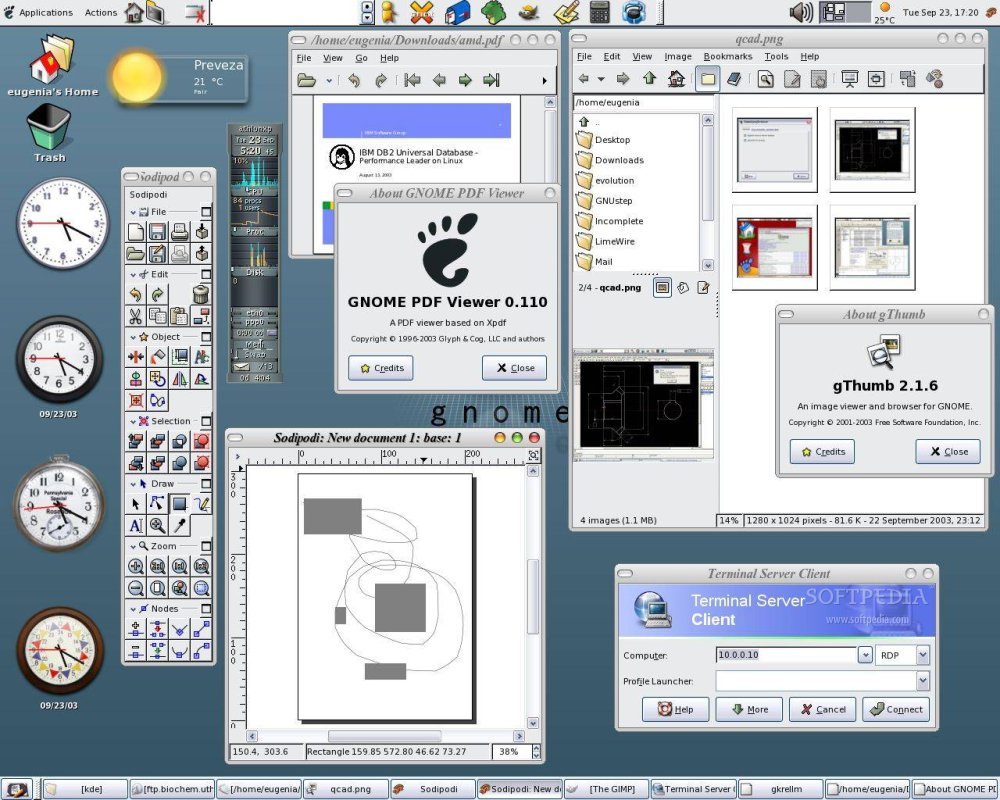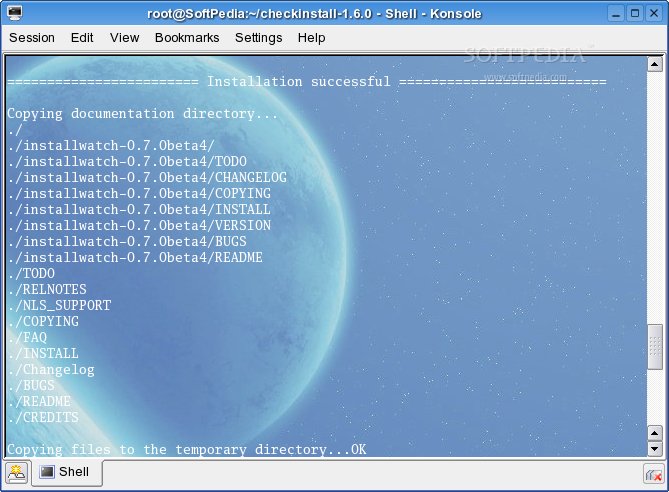

Token Ring interfaces are called tr0, tr1, etc… My interest started when I became an IBM employee and was exposed to a Token Ring network (which is the type of network infrastructure that IBM was known for, as opposed to Ethernet which was what the rest of the world was using). I have been dabbling with Slackware's network support for a long time now.

I will also try to give some historic perspective on the evolution of network support in Slackware, because I was involved in this a lot. The final section of this article looks at alternative network configuration managers (who usually come with a GUI based client program) that have become available for Slackware over time. The configuration of WPA encryption a for wireless interface is documented in it's own chapter the WPA parameters are taken from the file /etc/wpa_nf instead of the rc.nf file. I wrote a separate chapter about Wireless Networks because a wireless network interface has so many more configurable parameters than a “wired” interface. Both scripts take their configuration information from the same file rc.nf.

If the rc.inet1 script detects that it deals with a wireless interface, it will call the sub-script rc.wireless to configure this interface's wireless properties. The rc.inet1 script in Slackware configures all your network interfaces - including wireless interfaces. In Slackware 12.2 two man pages were added, for rc.inet1 and rc.nf, both of which are based on this Wiki article. The only available documentation about the configurable network parameters used to be at the bottom of that file, and it took the shape of commented-out examples. In essence, my Wiki article documents the /etc/rc.d/rc.nf file. The networking chapter is well worth reading. This book should be considered as required follow-up reading material once you mastered the Slackware Essentials. There is another nice and freely available book on Slackware, called Slackware Linux Basics. I will try not to repeat what is written there. The Network Configuration chapter in the Slackware Linux Essentials book explains in generic terms how Slackware's network configuration works, and how the use of DHCP (dynamic IP address assignment) differs from static IP's. The network scripts themselves are well-documented (inside the scripts) but there is not much other written end-user documentation about what you put into the configuration files.
Slackware installpkg upgrade install#
Network File System (NFS) Setting the hostġ - Install NFS Service on host typing: your slackware linux probably already have a version of nfs-utils installed, but if it doesn't you can get it downloading the nfs-utils from:Ģ - Setup exports typing: $sudo kedit /etc/exportsĪnd add the following line: /tftpboot/ltib/ *(rw,no_root_squash,async)ģ - Reestart the NFS server: $sudo /etc/rc.d/rc.rpc restartġ - Run LTIB configuration typing: $./ltib -cĢ - On first page menu, go to "Target Image Generation -> Options" as in the picture below.ģ - Select the option NFS only and exit LTIB configuration to compile with the new configuration.Ĥ - LTIB should start new compiling and create a new Linux image on //rootfs/boot/zImageĥ - Copy the created image on //rootfs/boot/zImage to /tftpboot/zImageĦ - The system is ready to run with NFS.This article is intended as a reference guide to network card configuration in Slackware.


 0 kommentar(er)
0 kommentar(er)
